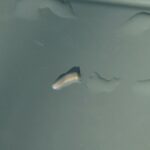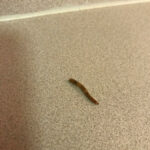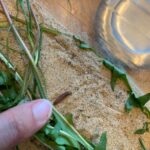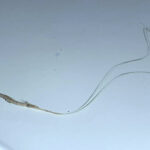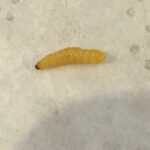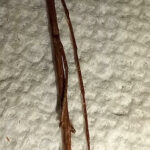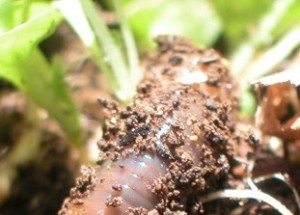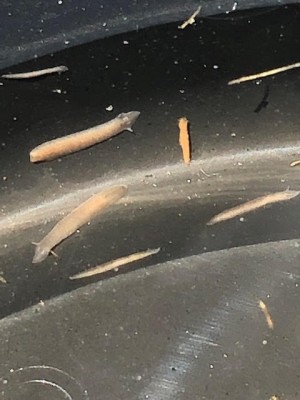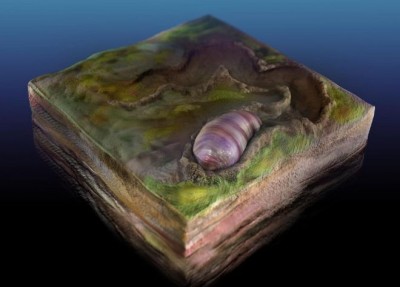Named after the famous Italian city of Pompeii, the Pompeii worm is a deep-sea creature that is only found in the Pacific Ocean. The Pompeii worm is a Polychaeta, a class of marine annelid worms. The worm has many bristles, or hairs known as Parapodia. In fact, Polychaeta means many bristled. These bristles are a critical component of the worm’s ability to live and move.
The reason they possess the common name of Pompeii is their ability to thrive in extremely hot temperatures, up to 176 degrees Fahrenheit (80 degrees Celsius). The city of Pompeii was destroyed in an eruption of the famous volcano Mount Vesuvius. The Pompeii worm is the most heat-tolerant animal known to man.
The scientific classification for the Pompeii worm is as follows: Kingdom, Animalia; Phylum, Annelida; Class, Polychaeta; Order, Terebellida; Family, Alvinellidae; Genus, Alvinella; Species, pompejana.
Pompeii worms were first discovered near the Galapagos Islands known for its famous turtles, the explorations of Charles Darwin, and the basis for Darwin’s theory of natural selection. The Galapagos Islands are made up of thirteen islands located in the Pacific Ocean off the coast of South America. The worms live in hydrothermal vents. Hydrothermal vents are basically a crack in the earth’s surface where lava is released from volcanoes.
Most hydrothermal vents release lava, but do not do it in an explosive way. As such, they are very hot. One of the most famous above ground hydrothermal vent system is located in Yellowstone National Park where many people visit to see geysers and hot springs in action. Hydrothermal vents also exist below the ocean’s surface where volcanoes are quite active.
Pompeii worms grow to approximately 13 centimeters (5 inches). They are pale grey with many hairs that are actually bacteria. Scientists believe these hairs provide protection to the worm from the elements. The worms also secrete mucus that the hairy bacteria eat.
The worms live in large colonies and their heads are protected by the rest of their bodies. The head extends out of the worm’s body to eat and breathe but is generally protected from the extreme conditions that the worms live in.
It is not fully understood how the worms live in the conditions that they do. It is very difficult to study these animals as they do not survive outside of the world in which they live. Many scientists believe the bacteria on the worms provide life-sustaining elements including insulation from the heat.
All About Worms is always free, always reader-supported. Your tips via CashApp, Venmo, or Paypal are appreciated! Receipts will come from ISIPP Publishing.




